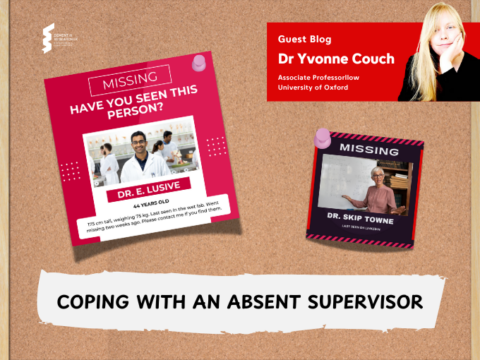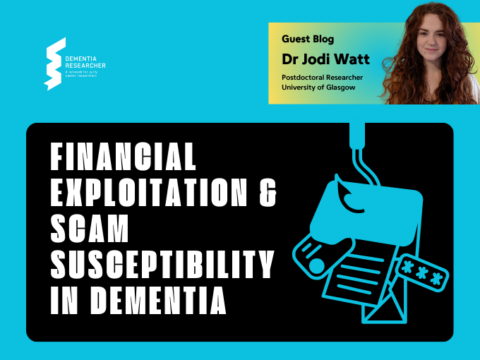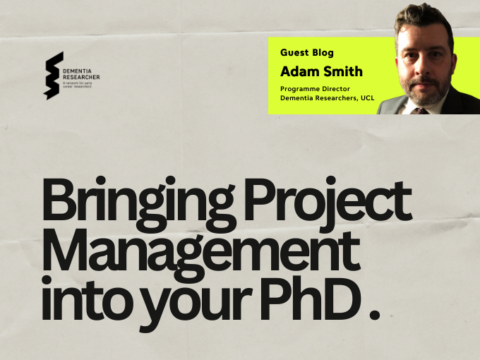
Your heart is racing, it’s pounding so hard that people surely must hear it. In fact, you are certain they can, you can feel their eyes on you. They are watching, as beads of sweat form on the surface of your flushed skin, meandering over your body and dampening your clothes. Your breath feels laboured and you seem totally detached from your surroundings, as though you have no control whatsoever over this vast sense of impending doom.
This is a fragment of what many of us may have experienced as symptoms of anxiety. Which can be a truly unpleasant event to encounter. It is here that we begin to explore the lifeworld of the anxious.
Being human is to experience life, which is laced with moments, some of which are pleasant, some unpleasant and others indifferent. Feelings, thoughts and experiences are not permanent. That is just the way it is, and this reality is what makes living so precious. By experiencing life as a continuum of emotional moments, we can connect with things that are important to us and show up in a way that upholds our values and sense of self. Which ultimately supports our sense of well-being.
It is stress awareness week so you will have little difficulty finding a plethora of information from stress and anxiety experts (a quick google search and you will read from clinicians and those with lived experience). Their information offers different insights into anxiety which are continually developed and thank goodness they are, as anxiety isn’t going anywhere! It is important to remember that anxiety is not a diagnosis; it is a symptom. “A symptom of what?” I hear you say! A symptom of how we perceive and experience life. So, we are then ‘stuck’ with the prospect of experiencing anxiety. It isn’t possible to eliminate anxiety from our lives as it is part of it. However, what we can do is better understand it; know that anxiety can show up in many different forms such as phobias, compulsive behaviours and stresses. Appreciate that a little anxiety can be useful by preparing us for action and acknowledge when anxiety is becoming an issue impacting on how we function and experience life. We are better able to make these distinctions when we understand that we are just responding to a perceived threat. Note the key word here – perceived. Is the stressor really a threat and if it is (which it may be), what is the likelihood of it happening and what is a fair anticipation of its outcomes? I know that sounds like a lot to consider, and it is, which is why so many of us find ourselves experiencing moments of anxious panic.
 Most of us will be faced with relocations, undefined career pursuits, financial worries, relationship issues, bereavement, shame, imposter syndrome, the list is endless and specific to each of us in terms of our individual external and internal stressors. Despite the individuality of our anxieties, we all have something in common; which is our human self and it is for this reason that professionals are able to predict stressors that can influence anxiety and suggest interventions that can help us recover from anxious episodes. This is great to know as it reminds us we are not alone in our experiences and it also means anxiety is treatable and can be improved. There are various psychological and medical treatments available. A combination therapy of both is currently regarded as optimal when addressing anxious thoughts, feelings and actions which are life altering.
Most of us will be faced with relocations, undefined career pursuits, financial worries, relationship issues, bereavement, shame, imposter syndrome, the list is endless and specific to each of us in terms of our individual external and internal stressors. Despite the individuality of our anxieties, we all have something in common; which is our human self and it is for this reason that professionals are able to predict stressors that can influence anxiety and suggest interventions that can help us recover from anxious episodes. This is great to know as it reminds us we are not alone in our experiences and it also means anxiety is treatable and can be improved. There are various psychological and medical treatments available. A combination therapy of both is currently regarded as optimal when addressing anxious thoughts, feelings and actions which are life altering.
An important part of recovering from anxiety is to recognise that it is a thought, a perception of a danger that may put our self at risk. It is even more important to understand that a thought is just a thought. It is not a guarantee. When we experience symptoms of anxiety like the racing heart, laboured breath, a sense of doom, we can take a moment to pause. As a holistic exercise practitioner teaching Yoga and Pilates, this is my personal go-to and what I aim to teach in my classes. Pause. Draw yourself away from the noise of your thoughts, come to your breath and allow it to connect with the mind and body without attaching to your thinking. This gives our instinctual alarm time to quieten. The good news is that you don’t need to be in a Yoga or Pilates class to do this, it is a life skill (which we need to continually practice). Something you can do wherever you are and as soon as you feel those anxiety symptoms kicking in.
This leads us to an important part of experiencing anxiety in a way that prevents it from becoming debilitating. Take a chance, assuming that you have considered the perceived threat as not something that will put you or anyone else in danger, try and take action when unsure rather than staying in your place of (self-limiting) comfort and learn to proceed even when nervous. This is what living is about, being present amidst moments which are pleasant, unpleasant or indifferent.
Some common self-help tips
- Externalise anxiety – create distance between you and the anxious thoughts, you could try reframing the initial thought. An example could be a presentation which you are well rehearsed for, but understandably nervous to deliver. Initial thought: “everyone is going think that I don’t know what I am talking about in my presentation”. Ummm: “I think everyone is going think that I don’t know what I am talking about in my presentation”. Ah ha: “I am aware I am thinking everyone is going think that I don’t know what I am talking about in my presentation”. So, it’s just a thought, not a reality and by creating distance you are looking at your perception of the thought, rather than the thought itself.
- Misperceptions (which can fuel anxiety), this can be catastrophising and self-doubt. “everyone is going think that I don’t know what I am talking about in my presentation and I will never be asked to present my work again. My career is over before it has even started. I am going to stay in bed and not present tomorrow”. This would be a purely emotional response to presentation anxiety. You are well rehearsed and prepared. You can go for it!
- Exposure (desensitising). This can happen through gradual exposure to challenges. “I am going to audio-record my presentation”. “I am going to present to my partner and kids just to familiarise myself with the flow of my work”. “I am going to present to my colleagues and get feedback before I present for real which will help me practice and feel confident with the content I am delivering”.
- The aim of facing fears instigated by anxiety is to meet them head on, we can’t just wait for moments which do not contribute to feelings of anxiety, we need to trust that we can take them on and believe we can flourish from doing so.
Anxiety UK can provide support and advice through their infoline on 03444 775 774 or you can email support@anxietyuk.org.uk. You may also find their free Panic Attack Booklet useful, download here.
Author
Amy Kizildagli is an MSc student at Bournemouth University looking at the body-mind relationship and cognitive impairment. As well as her studies Amy teaches Yoga and Pilates, and enjoys seeing the immediate benefits it can offer people in response to life stressors.
You can follow Amy on Twitter Follow @MrsAKS80

 Print This Post
Print This Post




